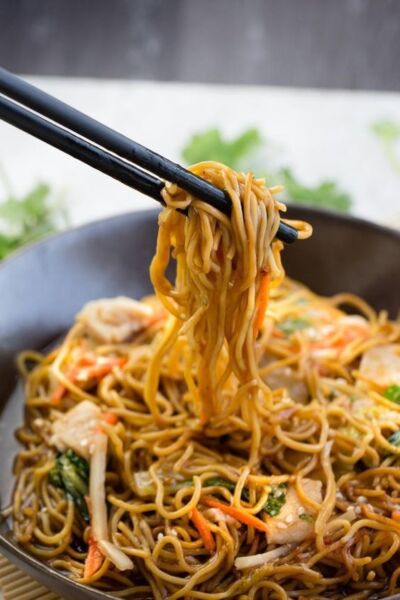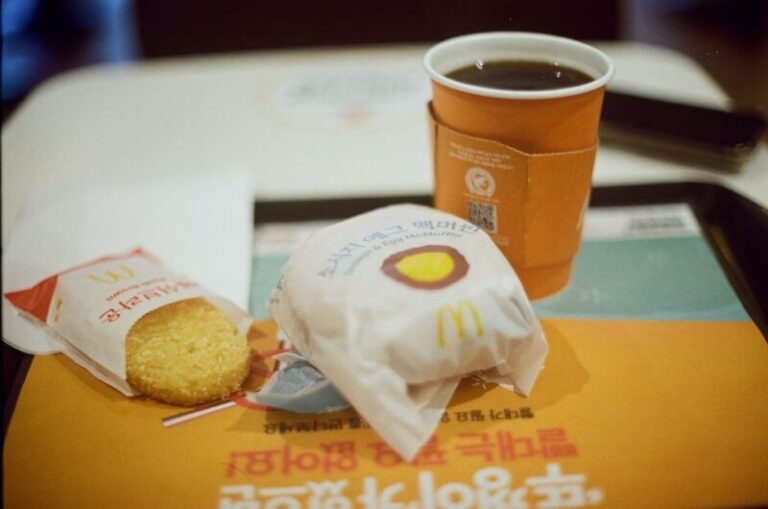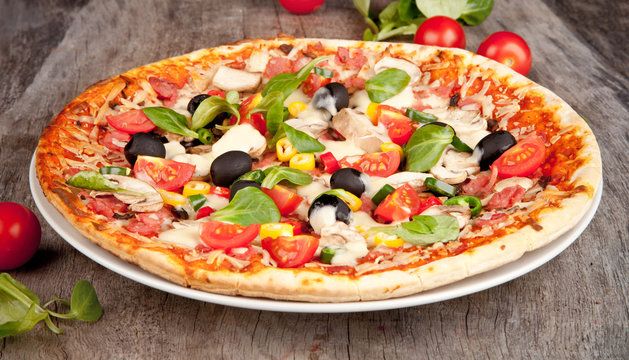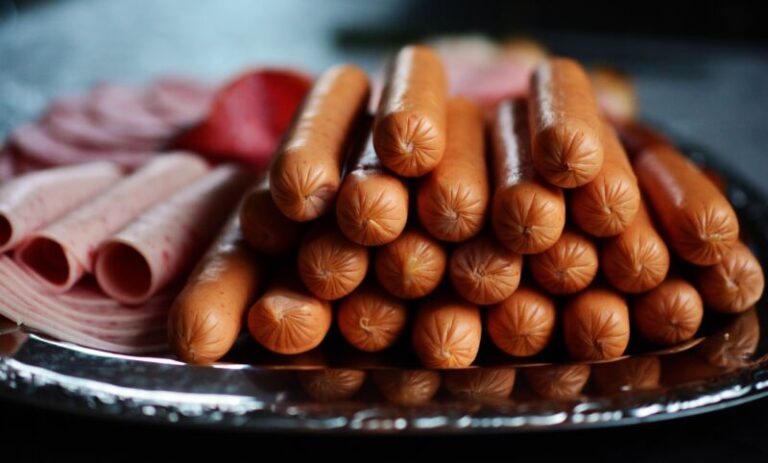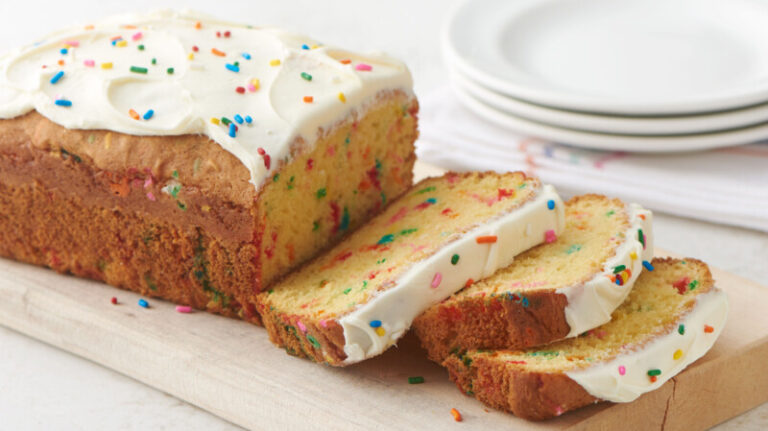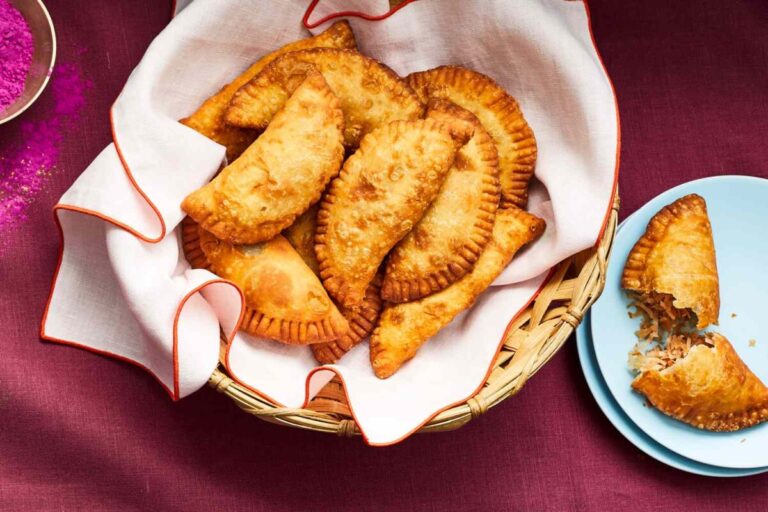Chow Mein Vs Chow Fun: What’s the Difference?
As someone who loves exploring global cuisines, I’m always seeking to expand my knowledge of the incredible diversity of Chinese noodles. From lo mein to dan dan, the variety of shapes, sizes and textures can be mind-boggling. Two of the most well-known noodle dishes are chow mein and chow fun – their similar names make them easy to mix up, but they’re actually quite distinct!
In this article, I’ll break down the key differences between chow mein and chow fun, tracing their origins, ingredients and preparations. I’ll also bust the myth of “chow mein fun”, share some fun facts, and provide a recipe to make both styles at home. Let’s delve into the world of Chinese noodle cuisine!
Chow Mein and Chow Fun: A Primer on Popular Chinese Noodle Dishes
First, what exactly are chow mein and chow fun? They both refer to stir-fried noodle dishes in Chinese cuisine, but the type of noodle used makes all the difference.
Chow Mein: Thin, Crispy Egg Noodles
Chow mein uses thin rounded egg noodles that are stir-fried until crispy and lightly sauced. The noodles are made from a simple dough of egg, wheat flour and water, then pulled into long strands not too different from spaghetti, but thinner.
Texture-wise, chow mein noodles have a lovely chewiness and they develop a delightful crispness when stir-fried. Their light eggy flavor also stands up well to sauces and tossing with vegetables and proteins.
Chow Fun: Broad, Tender Rice Noodles
In contrast, chow fun uses broad, flat rice noodles that have a soft and tender texture. Instead of egg, they’re made from a dough of rice flour and water, then steamed into wide, flat sheets that are cut into strips.
Chow fun noodles are much thicker than chow mein noodles, with a soft and slippery texture. Their rice flavor is more neutral, making them excellent at absorbing flavors of sauces and ingredients they’re cooked with.
Tracing the Origins of Chow Mein and Chow Fun
How did these iconic noodle dishes come about? Chow mein and chow fun originated in different regions of China, which influenced their noodle type and preparation.
Chow Mein’s Pearl River Delta Origin Story
Chow mein was invented in the city of Taishan, located on the Pearl River delta in southern China’s Guangdong province. Its name even derives from the Taishanese word “chāu-mèng” meaning “stir-fried noodles.”
Taishan’s coastal location facilitated the spread of chow mein to the West. With port cities like Hong Kong and Shanghai, chow mein permeated the global food market on a wide scale, becoming a familiar takeout staple.
Chow Fun’s Roots in Guangzhou’s Shahe
In contrast, chow fun has its origins in Shahe, a district of Guangzhou and the capital of Guangdong province. Shahe fun, as it was formerly known, comes from the Teochew people who lived in the region.
From its birthplace, chow fun spread through southern China and Southeast Asia. It was incorporated into the cuisines of countries like the Philippines, Vietnam, Thailand and Indonesia, where rice noodles were already entrenched.
“Chow Mein Fun” – A Westernized Chinese Menu Misnomer
On many North American Chinese restaurant menus, you’ll see an enigmatic dish called “chow mein fun.” Is this some hybrid version merging chow mein and chow fun? Short answer: no.
“Chow mein fun” is simply a mistranslated name, typically referring to lo mein – not actually chow mein or chow fun! It uses soft noodle strands similar to chow mein, but the noodles are boiled instead of stir-fried.
Some restaurants do use crisp pan-fried noodles, though with the soft name, it’s still distinct from genuine chow mein. Essentially, don’t expect a true mix – “chow mein fun” is its own noodle beast!
Fun Facts About Chow Mein and Chow Fun
After breaking down their backgrounds, let’s lighten things up with some fun trivia about these iconic noodle dishes!
- Chow mein was popularized in the West by Chinese immigrants working on the transcontinental railroad in the 1800s.
- Chow fun is traditionally more popular in southern China, while northerners tend to favor firm noodles like lo mein.
- In Chinese, “chow” means stir-fried while “fun” means noodles. Hence, chow fun is sometimes called “stir-fried noodles” in English.
- Crispy chow mein noodles are often used as a garnish on dishes like cashew chicken to add crunch.
- Chow fun is the go-to noodle for absorbing heavy sauces, thanks to its spongy texture.
Who knew noodles could be so fascinating? Let’s now put our knowledge into practice with a recipe for chicken chow mein/fun.
Chicken Chow Mein Fun Recipe
This recipe provides the option to make either chow mein or chow fun, so you can taste the noodle differences. The stir-fry comes together in a flash. Let’s get cooking!
Ingredients:
- 8 oz noodles (chow mein egg noodles or chow fun rice noodles)
- 3 cloves garlic, chopped
- 1 inch ginger, chopped
- 3 tbsp soy sauce
- 1 cup mixed veggies (carrots, broccoli, peppers etc.)
- 2 tbsp oyster sauce
- 1 tsp sesame oil
- Light and dark soy sauce with water
- 1 lb chicken breast, cubed
- 1/2 tbsp chicken bouillon powder
Instructions:
- Marinate chicken in soy sauce, garlic, ginger, salt and pepper for 15 mins.
- Cook noodles al dente according to package instructions. Rinse in cold water and set aside.
- Heat oil in wok on high heat. Stir-fry chicken, garlic and ginger for 1-2 mins.
- Add vegetables. Stir-fry 3-4 mins until just tender.
- Add noodles and seasonings. Adjust soy sauce as needed.
- Toss everything together and serve immediately.
Now you can enjoy the contrast between chewy chow mein and slippery chow fun noodles! Adjust the protein or veggies to your taste. Once you get the noodle basics down, you can riff on all kinds of flavor variations.
The World of Chinese Noodles is Your Oyster (Sauce)
I hope this has helped decode the difference between chow mein and chow fun. Whether you prefer the tender bounce of egg noodles or the silky flatness of rice noodles, both chow mein and chow fun deliver the satisfying indulgement we crave in a good noodle stir-fry.
We’ve only scratched the surface of the myriad Chinese noodles out there. So get creative with preparations and ingredients, make big batches for meal prep, and you’ll have homemade noodles on hand for those busy weeks. Just be sure to slurp those noodles with joy – it’s the best part!
